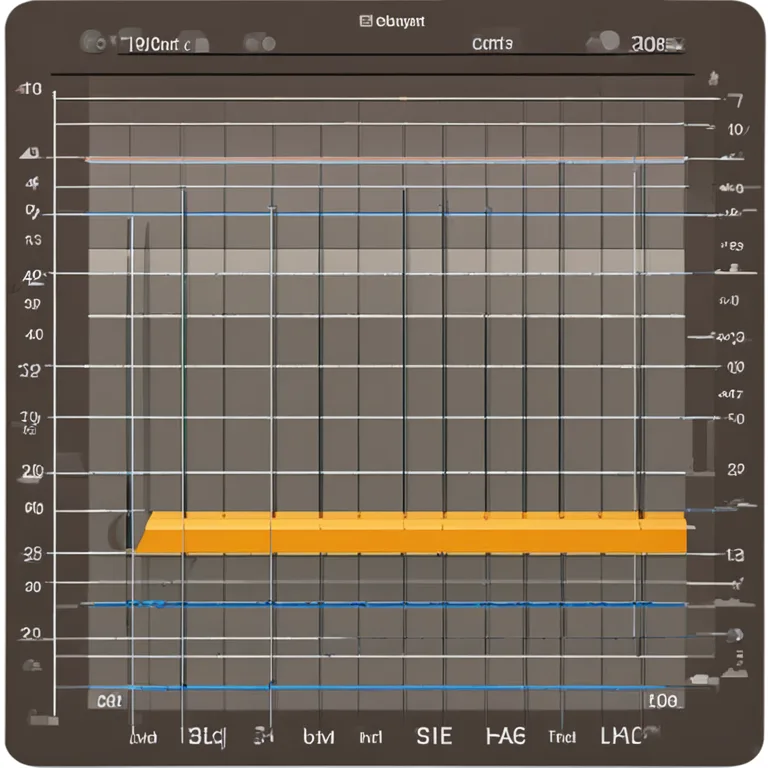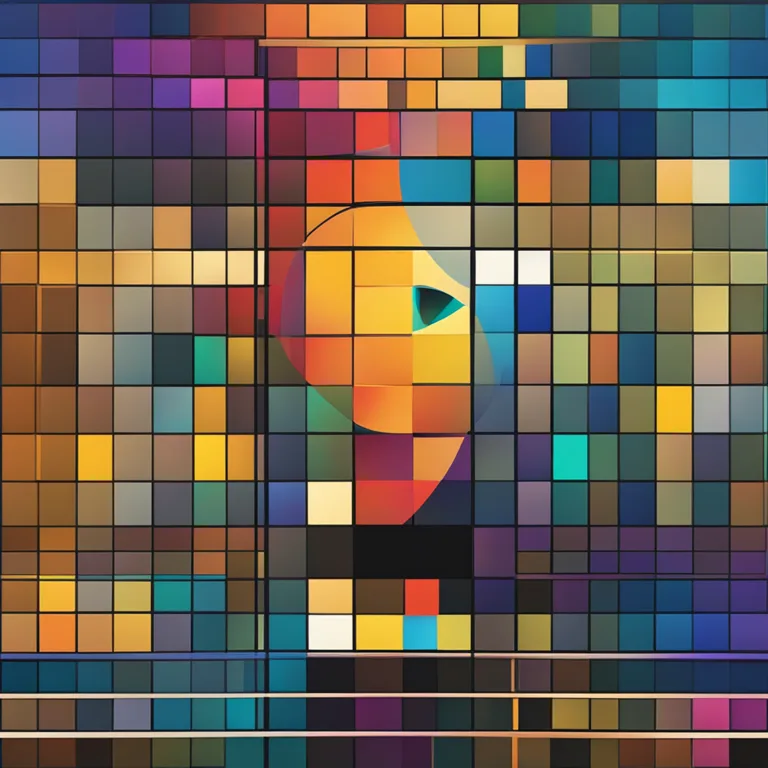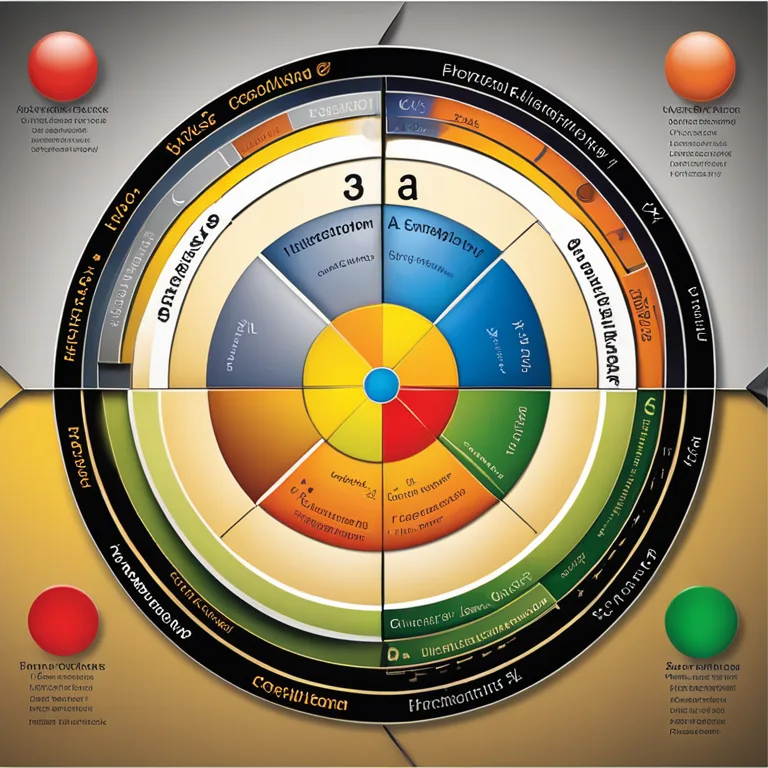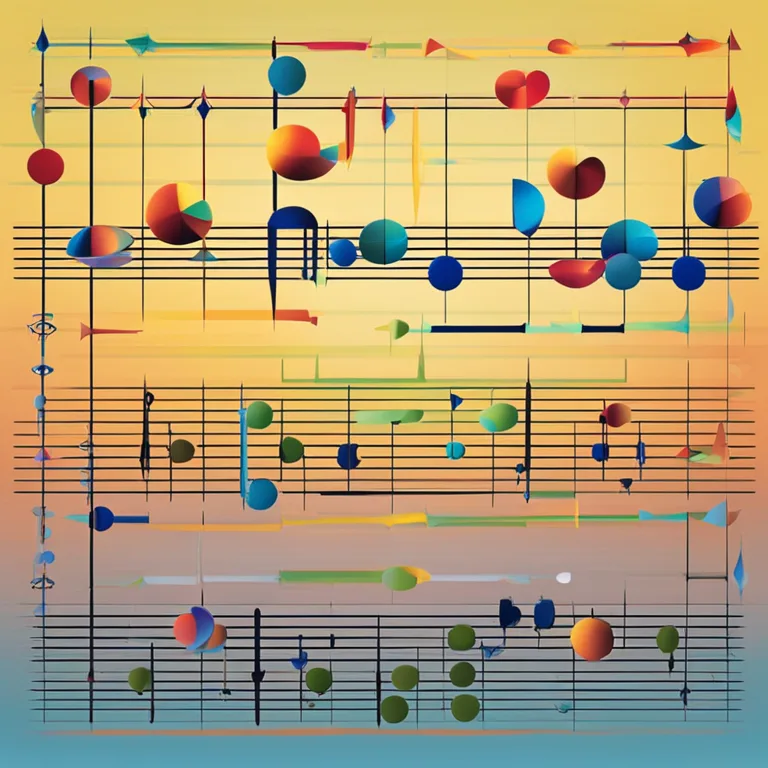
Discover Biorhythm Compatibility
Unravel the concept of biorhythm compatibility and how it impacts interpersonal connections.
article by Adrian Wallace
Introduction to Biorhythm Compatibility
Biorhythm theory suggests that our daily lives are influenced by rhythmic biological cycles. Understanding these cycles not only offers insights into our own feelings and behaviors but also how we connect with others. Biorhythm compatibility examines these cycles to interpret the potential harmonies and clashes between individuals. Just as musical notes can create harmonies or dissonance, biorhythms can play a significant role in the dynamics of personal relationships.

The Three Core Cycles
Traditionally, biorhythms are divided into three fundamental cycles: physical, emotional, and intellectual. Each cycle has a different period: the physical runs on a 23-day cycle, the emotional on a 28-day cycle, and the intellectual on a 33-day cycle. These cycles begin at birth and oscillate between positive and negative phases throughout life. Biorhythm compatibility is often calculated by examining the intersection of these cycles between two individuals to evaluate potential rapport, conflict, or neutrality.

Calculating Compatibility
To assess biorhythm compatibility, one must first calculate the individual biorhythms using birth dates. Advanced software tools and algorithms available today make it easier than ever to chart these cycles. By aligning these cycles side by side, one can deduce how two people might interact on any given day. It is believed that individuals are more compatible when their cycles are in phase, meaning they experience similar high or low points simultaneously.

The Impact on Relationships
The implications of biorhythm compatibility are far-reaching, especially in personal relationships. When partners' cycles synchronize, they often experience heightened understanding and synergy. Conversely, when cycles are out of sync, it might explain periods of discord or tension. This framework allows individuals to be more mindful of inherent cyclical patterns and use this knowledge to mitigate issues or enhance positive interactions within their relationships.

Skepticism and Belief
Biorhythm compatibility, much like other metaphysical concepts, is met with both skepticism and belief. Critics argue that there is a lack of scientific evidence to support biorhythms, labeling it as a pseudoscience. However, many people are drawn to the personalized insights it provides. They find value in the patterns and correlations that biorhythms reveal, irrespective of the scientific debate, using them as a tool for personal understanding and growth.
Navigating Everyday Life
Incorporating biorhythm compatibility into everyday life can lead to more conscious decision-making. Whether it's choosing the best day for an important meeting, navigating emotional highs and lows, or understanding a partner better, these insights can serve as a unique personal guide. As we progress further into the 2020s, the fusion of biorhythms with technology continues to evolve, offering even more sophisticated and user-friendly platforms for individuals seeking alignment in their relationships.
The Future of Biorhythms
As we delve deeper into the mysteries of our biological patterns, the concept of biorhythm compatibility is likely to attract more attention. Advances in biometrics and personal analytics could lead to more precise and actionable interpretations of these cycles. While the future of biorhythms is uncertain, the quest for understanding the invisible forces that shape our interpersonal connections will undoubtedly persist, inspiring both technological innovation and personal exploration.
Published: 12/28/2023
Modified: 12/28/2023
More predictions
Come back here soon to learn more about yourself and your future


The Reality Of Biorhythm Compatibility
Unravel the truth behind biorhythm compatibility and its role in personal relationships and daily life.


Biorhythm Compatibility: Fact Or Myth?
Explore the concept of biorhythm compatibility to discover if there's a real connection between our biocycles and relationship harmony.


Biorhythm Theory: Fact Or Fallacy?
Explore the fascinating concept of biorhythms to discern if there's any scientific accuracy behind this popular belief.